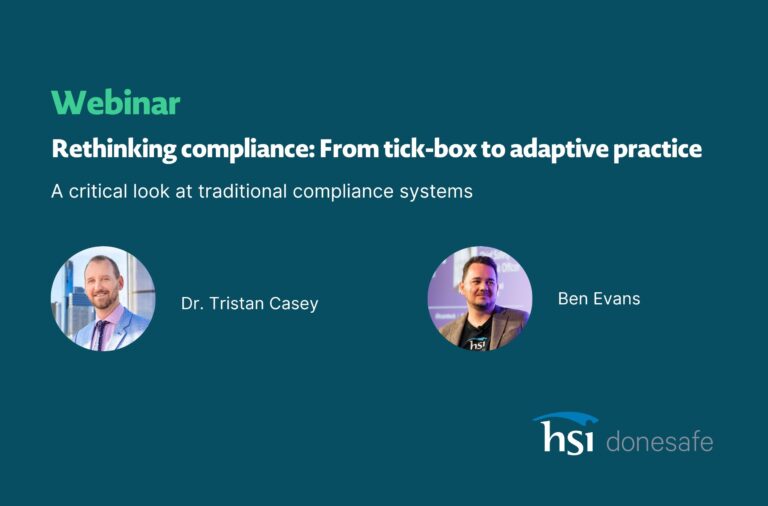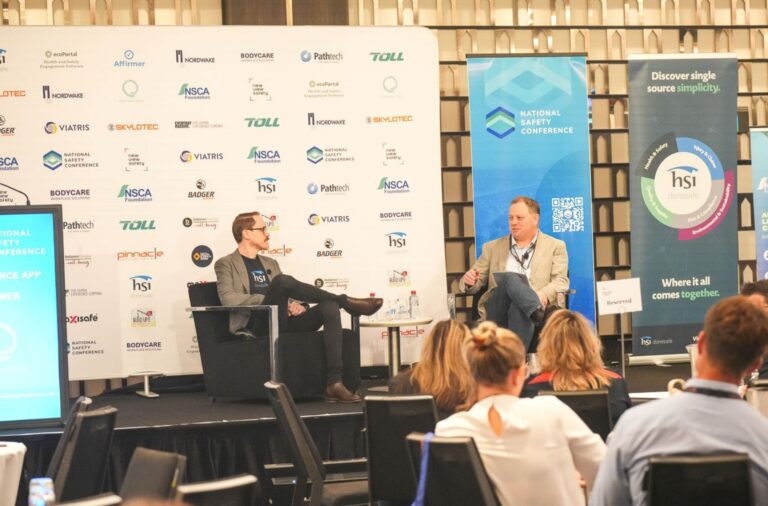
4 Minute Read
For months, years or even decades, you have been tirelessly working to ensure the safety and
wellbeing of your workers – in the workplace.
And along comes COVID-19. Even companies that were resistant to the concept of a distributed
workforce have been forced to adopt working from home or contactless working environments. This
has allowed companies to operate while taking precautions to reduce the spread of the virus. It’s
also become clear that working from home is here to stay, and will become more strategic once the
pandemic is over.
Suddenly your workers are in environments or situations you haven’t considered before. While
contactless work initiatives such as work from home is a benefit employees value, many companies
lack the technology infrastructure to offer that capability without some sacrifices to ‘workplace
safety’. We are hearing endless stories of Excel spreadsheets, paper forms, and disconnected apps
being used as makeshift solutions to safety and health initiatives, reporting, and injury prevention.
But there is an opportunity here. One unexpected outcome of COVID-19 is that companies realize
the benefits of fast-tracking digital transformation. The time for safety leaders to raise a business
case to invest in the latest technology is now.
What new challenges are safety leaders facing?
There’s been a dramatic alteration for workers, but an even larger shift for safety leaders as
overnight changes have exposed weaknesses in the technology at their disposal.
Safety leaders are well aware of the risks involved in a working environment and how to mitigate
these risks; new working environments are included. However, the majority of those we know in the
community, simply don’t have the technology to support them.
We’ve had to go virtual and change the way we work. Toolbox talks, daily stand-ups, and company
meetings no longer happen face-to-face given social distancing and government health body
guidelines. Communicating to departments, divisions, or the whole organization has never been
harder – those all-staff emails can go unread, cannot be acknowledged, and hold only a fraction of
the information and data needed when communicating safety alerts, actions, and follow-up
notifications. Executives are asking for reports that have never been conceived before.
The result? Many current systems (that may have been successful pre-Coronavirus) now have gaping
holes in the face of rapid change, and these are contributing to increased risk to workers’ safety and
wellbeing.
Top issues include:
- Changes to SOP or workflows
New Risk Example: A construction worker now joins safety meetings virtually rather than on-site.
One morning, he uses his phone to join a virtual pre-work safety meeting while walking to work and
steps out onto a road without looking.
- Online interactions and communication to workers
New Risk Example: An employee is swamped with emails in their day-to-day work, and tends to
ignore safety notices because most aren’t relevant to her.
- Ability to manage and track infectious disease (COVID-19 for example)
New Risk Example: An employee has some minor symptoms but is unsure whether she might have
COVID-19. She decides to go to work and deal with it at the end of the day. Three days later, she
learns she has COVID-19 and calls in sick.
- A simple online interface to promote workers to input data such as hazards and incidents.
New Risk Example: An employee now working from home notices his back is sore from sitting on the
couch working on the laptop. He is unsure whether he can request a desk from his employer
because the policies and request forms are too hard to find and use.
The right technology can mitigate all of these risks.
For safety leaders, finding integrated, flexible, online and simple to use platforms is now a pressing issue.
Injuries and claims being reported in ‘contactless’ workplaces
For many in our community at Donesafe, the ‘contactless’ workplace is the home. The categories
being reported below are mainly influenced by those working from home, but they remain true for
those still travelling to work but facing new ‘contactless’ processes.
Areas causing increased risk to the workforce include:
- Any manual handling task carried out by an employee
- Working alone
- Trips and falls plus hazards and associated musculoskeletal risks
- Equipment and electrical safety
- Hazardous materials and substances
- Cyber risks and security
- Work-related stress
- Wellbeing and mental health
- General environment – noise, security, fire exit access, first aid, other.
A quick web search will return many examples. Businesses are facing huge bills when it comes to
injury claims, including:
April 1st, 2020 – Claim total $500,000 – Home death caused by a delusional partner was work-related
April 15th, 2020 – Cleaning regime defeats claim in $2.3m injury case
April 17th, 2020 – Dozens of injury claims for COVID-19 reported;
> More than 150 COVID-19 work injury claims lodged in NSW
> SWA weighs in on cleaning regimes for COVID-19
> Workplace wellness programs crucial for self-isolating staff
Now is your opportunity to put forward a business case.
Areas that are contributing to the need to fast-track digital transformation
- Employees working from home will become more strategic and more common
- Standard operating practice will be adapted and elevated to a new level
- In-person interactions will be considered less important
- Leadership will engage teams (including EHS teams) to work more creatively and to be more agile.
Share:



